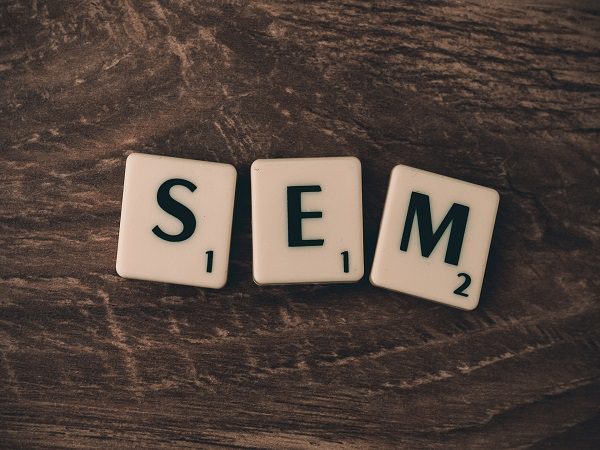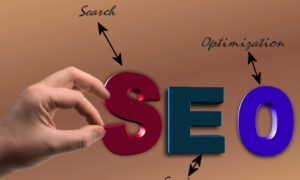Introduction
In the dynamic world of digital marketing, two strategies reign supreme: SEO (Search Engine Optimization) and SEM (Search Engine Marketing). While both aim to increase a website’s visibility on search engine results pages (SERPs), they operate in distinct ways, serving different purposes and objectives. Understanding the nuances between SEO and SEM is crucial for businesses looking to maximize their online presence and drive targeted traffic to their websites.
What is SEO?
SEO is the practice of optimizing a website to improve its organic (unpaid) visibility on search engine results. It involves a variety of techniques aimed at enhancing a site’s relevance and authority in the eyes of search engine algorithms. These techniques include keyword research, on-page optimization, link building, and content creation.
The Essence of SEM
On the other hand, SEM encompasses a broader range of strategies, including paid advertising on search engines. While SEO focuses on organic visibility, SEM includes paid search campaigns, commonly known as Pay-Per-Click (PPC) advertising. SEM allows businesses to bid on keywords relevant to their products or services, displaying their ads prominently on search engine results pages.
Key Differences between SEO and SEM
Cost: One of the most significant distinctions between SEO and SEM is cost. SEO is primarily an organic strategy, meaning it doesn’t involve direct payments to search engines for visibility. Conversely, SEM involves paying for ad placements, with costs varying based on factors like keyword competitiveness and ad placement.
Speed:
SEM offers immediate results, as ads can appear on SERPs as soon as the campaign is launched and bids are placed. In contrast, SEO is a long-term strategy that requires time to see significant results. Building organic visibility through SEO efforts takes time, as search engines need to crawl and index web pages.
Visibility:
SEM provides guaranteed visibility on search engine results pages through paid ads, ensuring that businesses appear at the top of relevant searches. SEO, while aiming for top positions organically, doesn’t guarantee placement on the first page of search results, as rankings depend on various factors like competition and algorithm changes.
Longevity:
SEO efforts have the potential for long-term benefits, as once a website gains authority and relevance, it can maintain its organic visibility over time with consistent optimization efforts. On the other hand, SEM results are immediate but temporary; once the ad campaign stops or the budget runs out, visibility diminishes.
When to Use SEO
Establishing Authority:
SEO is ideal for businesses looking to build long-term authority and credibility in their industry. By consistently publishing high-quality content, optimizing on-page elements, and earning backlinks from reputable sources, businesses can strengthen their online presence and attract organic traffic over time.
Limited Budget:
For businesses with limited marketing budgets, SEO offers a cost-effective solution for driving organic traffic without the need for ongoing ad spend. While SEO requires investment in time and resources upfront, the long-term benefits can outweigh the initial costs.
Targeting Informational Queries:
SEO is well-suited for targeting informational queries, where users are seeking answers, information, or solutions to their problems. By optimizing content to address common search queries and providing valuable insights, businesses can attract relevant traffic and establish themselves as authoritative resources.
When to Use SEM
Immediate Results:
SEM is ideal for businesses seeking immediate results and visibility on search engine results pages. By launching targeted ad campaigns, businesses can ensure their products or services appear prominently for relevant search queries, driving immediate traffic and potential conversions.
Promoting Time-Sensitive Offers:
SEM is effective for promoting time-sensitive offers, promotions, or events. Unlike SEO, which takes time to build momentum, SEM allows businesses to quickly capitalize on opportunities by launching ad campaigns tailored to specific promotions or events.
Competitive Industries:
In highly competitive industries where organic visibility is challenging to achieve, SEM can level the playing field by allowing businesses to bid on relevant keywords and compete for ad placements. Paid search ads enable businesses to bypass organic ranking challenges and secure prominent visibility.
Conclusion
In the realm of digital marketing, both SEO and SEM play integral roles in driving traffic, generating leads, and increasing conversions. While SEO focuses on organic visibility and long-term sustainability, SEM offers immediate results and targeted advertising opportunities. Understanding the key differences between SEO and SEM is essential for businesses to develop comprehensive marketing strategies that leverage the strengths of each approach. By strategically combining SEO and SEM tactics, businesses can maximize their online presence and achieve their marketing objectives effectively.



































